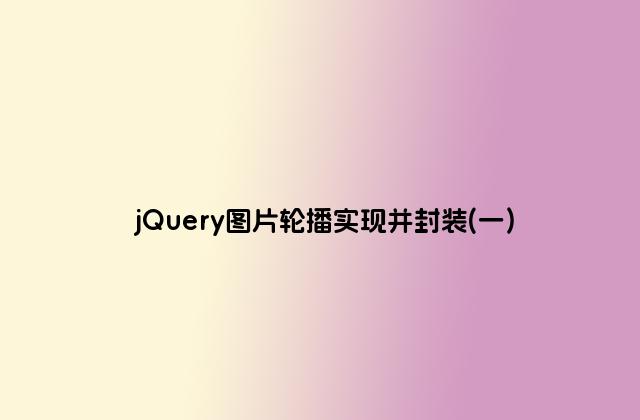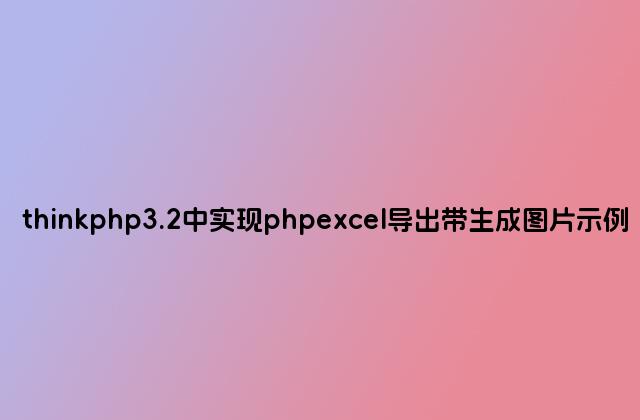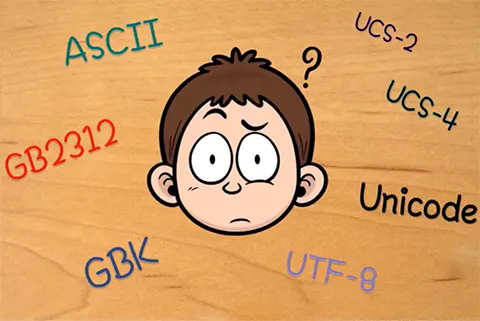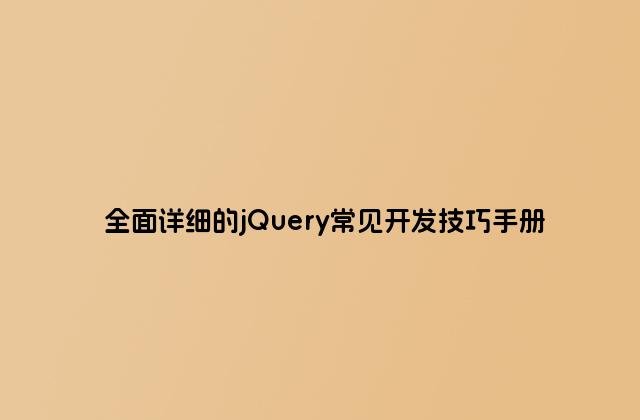
利用面向?qū)ο笞约簞?dòng)手寫了一個(gè)封裝好的jquery輪播對(duì)象,可滿足一般需求,需要使用時(shí)只需調(diào)用此對(duì)象的輪播方法即可。
demo:https://github.com/zsqosos/shopweb
具體代碼如下:
HTML結(jié)構(gòu):
<div class="banner" id="J_bg_ban"> <ul> <li><a ><img src="http://www.gimoo.net/t/1810/banner_04.jpg" alt="廣告圖 /></a></li> <li><a ><img src="http://www.gimoo.net/t/1810/banner_04.jpg" alt="廣告圖 /></a></li> <li><a ><img src="http://www.gimoo.net/t/1810/banner_03.jpg" alt="廣告圖"/></a></li> <li><a ><img src="http://www.gimoo.net/t/1810/banner_04.jpg" alt="廣告圖"/></a></li> <li><a ><img src="http://www.gimoo.net/t/1810/banner_05.jpg" alt="廣告圖"/></a></li> </ul> <div class="indicator" id="J_bg_indicator"> </div> <div class="ban-btn clearfloat" id="J_bg_btn"> <a class="next-btn fr" href="javascript:">></a><a class="prev-btn fl" href="javascript:"><</a> </div> </div>
css樣式:
.banner {
height: 325px;
width: 812px;
position: relative;
overflow: hidden;
}
.banner ul li{
position: absolute;
top: 0;
left: 0;
}
.banner ul li img{
height: 325px;
width: 812px;
display: block;
}
.ban-btn{
width: 100%;
position: absolute;
top: 136px;
z-index: 2;
}
.ban-btn a{
display: inline-block;
height: 60px;
width: 35px;
background: rgba(180,180,180,0.5);
font-size: 25px;
text-align: center;
line-height: 60px;
color: #fff;
}
.ban-btn a:hover{
background: rgba(100,100,100,0.5);
}
.indicator{
width: 100%;
position: absolute;
text-align: center;
bottom: 15px;
z-index: 2;
}
.indicator a{
display: inline-block;
width: 20px;
height: 5px;
margin:0 3px;
background: #fff;
}
.indicator-active{
background: #FF8C00!important;
}
jquery代碼:
$.carousel = {
now : 0, //當(dāng)前顯示的圖片索引
hasStarted : false, //是否開始輪播
interval : null, //定時(shí)器
liItems : null, //要輪播的li元素集合
len : 0, //liItems的長度
aBox : null, //包含指示器的dom對(duì)象
bBox : null, //包含前后按鈕的dom對(duì)象
/**
* 初始化及控制函數(shù)
* @param bannnerBox string 包含整個(gè)輪播圖盒子的id或class
* @param aBox string 包含指示器的盒子的id或class
* @param btnBox string 包含前后按鈕的盒子的id或class
*/
startPlay : function(bannnerBox,aBox,btnBox) {
//初始化對(duì)象參數(shù)
var that = this;
this.liItems = $(bannnerBox).find('ul').find('li');
this.len = this.liItems.length;
this.aBox = $(bannnerBox).find(aBox);
this.bBox = $(bannnerBox).find(btnBox);
//讓第一張圖片顯示,根據(jù)輪播圖數(shù)量動(dòng)態(tài)創(chuàng)建指示器,并讓第一個(gè)指示器處于激活狀態(tài),隱藏前后按鈕
this.liItems.first('li').css({'opacity': 1, 'z-index': 1}).siblings('li').css({'opacity': 0, 'z-index': 0});
var aDom = '';
for (var i = 0; i < this.len; i++){
aDom += '<a></a>';
}
$(aDom).appendTo(this.aBox);
this.aBox.find('a:first').addClass("imgnum-active");
this.bBox.hide();
//鼠標(biāo)移入banner圖時(shí),停止輪播并顯示前后按鈕,移出時(shí)開始輪播并隱藏前后按鈕
$(bannnerBox).hover(function (){
that.stop();
that.bBox.fadeIn(200);
}, function (){
that.start();
that.bBox.fadeOut(200);
});
//鼠標(biāo)移入指示器時(shí),顯示對(duì)應(yīng)圖片,移出時(shí)繼續(xù)播放
this.aBox.find('a').hover(function (){
that.stop();
var out = that.aBox.find('a').filter('.indicator-active').index();
that.now = $(this).index();
if(out!=that.now) {
that.play(out, that.now)
}
}, function (){
that.start();
});
//點(diǎn)擊左右按鈕時(shí)顯示上一張或下一張
$(btnBox).find('a:first').click(function(){that.next()});
$(btnBox).find('a:last').click(function(){that.prev()});
//開始輪播
this.start()
},
//前一張函數(shù)
prev : function (){
var out = this.now;
this.now = (--this.now + this.len) % this.len;
this.play(out, this.now);
},
//后一張函數(shù)
next : function (){
var out = this.now;
this.now = ++this.now % this.len;
this.play(out, this.now);
},
/**
* 播放函數(shù)
* @param out number 要消失的圖片的索引值
* @param now number 接下來要輪播的圖的索引值
*/
play : function (out, now){
this.liItems.eq(out).stop().animate({opacity:0,'z-index':0},500).end().eq(now).stop().animate({opacity:1,'z-index':1},500);
this.aBox.find('a').removeClass('imgnum-active').eq(now).addClass('indicator-active');
},
//開始函數(shù)
start : function(){
if(!this.hasStarted) {
this.hasStarted = true;
var that = this;
this.interval = setInterval(function(){
that.next();
},2000);
}
},
//停止函數(shù)
stop : function (){
clearInterval(this.interval);
this.hasStarted = false;
}
};
$(function(){
$.carsouel.startPlay('#J_bg_bn','#J_bg_indicator','#J_bg_btn');
})
最初實(shí)現(xiàn)時(shí)使用面向過程的方法來完成,雖然可以達(dá)到想要的效果,但代碼復(fù)用性不高,需要為頁面上每一個(gè)需要輪播的模塊分別寫對(duì)應(yīng)的函數(shù)。進(jìn)行封裝后,不需要寫太多的代碼,使用時(shí)只需調(diào)用carsouel的startPlay方法并傳入三個(gè)參數(shù)即可,大大提高了易用性。
但是,當(dāng)前代碼的缺陷也非常明顯,就是當(dāng)一個(gè)頁面上同時(shí)有多個(gè)輪播件需要輪播時(shí),只有最后一個(gè)會(huì)正常工作,這是由于carsouel對(duì)象只有一個(gè),可以通過復(fù)制carsouel對(duì)象來解決這個(gè)問題,如:
var banner1 = $.extend(true,{},carousel);
var banner2 = $.extend(true,{},carousel);
var banner3 = $.extend(true,{},carousel);
banner1.startPlay('#J_bg_ban1','#J_bg_indicator1','#J_bg_btn1');
banner2.startPlay('#J_bg_ban2','#J_sm_indicator2','#J_bg_btn2');
banner3.startPlay('#J_bg_ban3','#J_sm_indicator3','#J_bg_btn3');
這樣雖然可以滿足需求,但每次調(diào)用都會(huì)復(fù)制出一個(gè)新的對(duì)象,不僅影響性能,carsouel對(duì)象內(nèi)的方法還不能夠重用,所以還需要進(jìn)一步改進(jìn)。
要想讓多個(gè)輪播件可以同時(shí)使用carsouel對(duì)象,并且可以復(fù)用carsouel對(duì)象內(nèi)部的函數(shù),必須將carsouel對(duì)象作為一個(gè)構(gòu)造函數(shù)或原型對(duì)象,每次需要使用時(shí)在進(jìn)行實(shí)例化操作,這樣可滿足多個(gè)輪播件同時(shí)使用的需求,同時(shí)做到最大化的函數(shù)復(fù)用。我會(huì)在后續(xù)的文章中解決這個(gè)問題,歡迎關(guān)注或提出指導(dǎo)。
我是一個(gè)javascript的初學(xué)者,這是我第一次發(fā)文,對(duì)于上述問題我會(huì)繼續(xù)努力,尋求最好的解決方法。感謝你們看完。給自己說個(gè)加油吧。
以上就是本文的全部內(nèi)容,希望對(duì)大家的學(xué)習(xí)有所幫助,也希望大家多多支持綠夏網(wǎng)。






